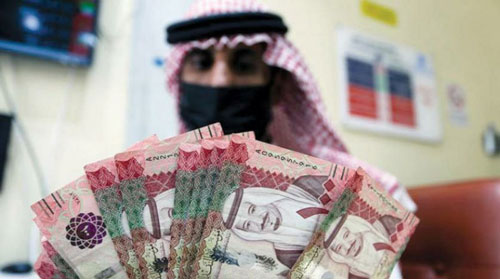Dubai
The global Islamic finance industry is expected to grow 10-12 per cent during the 2021-22 due to increased sukuk issuance and a modest economic recovery in the main Islamic finance markets, says a latest report.
S&P Global Ratings said the $2.2 trillion industry continued to grow at a slower pace last year despite the Covid-19 pandemic.
Global Islamic assets expanded by 10.6 per cent last year against growth of 17.3 per cent in 2019 as the pandemic disrupted the rising trend due to slowdown in global economy.
“Islamic finance grew rapidly in 2020, albeit at a slower pace than in 2019, despite the double shock from the pandemic and the drop in the oil price,” said Mohamed Damak, head of Islamic Finance at S&P Global Ratings.
Islamic finance, which bans interest payments and pure monetary speculation, has been on the rise for many years across markets in Africa, the Middle East and Southeast Asia, but it remains a fragmented industry with uneven implementation of its rules.
“Although we expect a modest recovery for most core Islamic finance countries in 2021-22, we think that the sector will expand against the backdrop of continued standardisation and integration,” Damak said.
The industry is expected to receive some support in the coming two years in Saudi Arabia, where mortgages and corporate lending are expected to rise as the country pushes ahead with plans to diversify the economy.
Investments in Qatar for the 2022 soccer World Cup and the Expo event in Dubai later this year are also expected to support growth.
“Over the next 12 months, we could see progress on a unified global legal and regulatory framework for Islamic finance that the Dubai Islamic Economy Development Center and its partners are developing.
Depending on the outcome and its adoption, we believe that such a framework could help resolve the lack of standardisation and harmonisation that the Islamic finance industry has faced for decades,” Damal said.
The ratings agency forecast global issuance of Islamic bonds, or sukuk, to reach $140-155 billion this year, up from roughly $140 billion in 2020, thanks to abundant liquidity and sustained financing needs among corporates and governments.
S&P also highlighted that the full impact of the coronavirus crisis has yet to materialise and more requests for sukuk restructurings and maturity extensions, as well as higher default rates, are expected this year.
“We see pressure on real estate developers, given the drop in real estate prices in the GCC (Gulf Cooperation Council) and building risks in the commercial real estate sector.
Similarly, companies related to aviation, tourism, travel, and hospitality sectors that have been severely hit by Covid-19 will take several quarters to recover to prepandemic levels,” S&P said.
“We have excluded Iran from our statistics this year owing to the extreme volatility of the country’s currency in the parallel market (as disclosed by the Central Bank of Iran), which makes comparison with last year’s numbers or any forecasts less meaningful,” the rating agency said.—Khaleej Times










